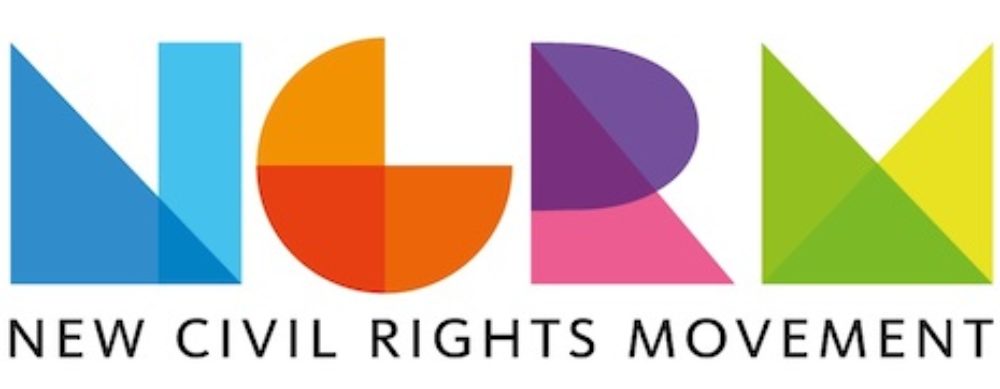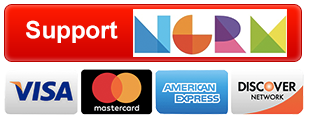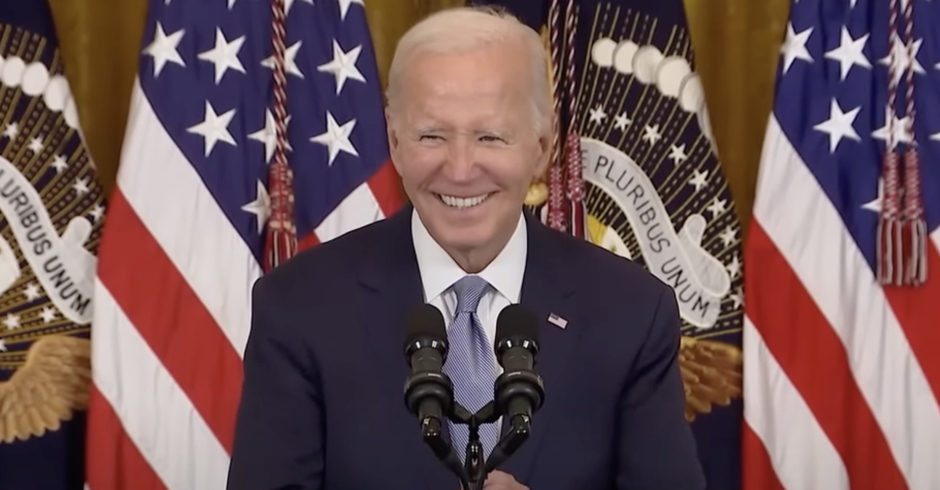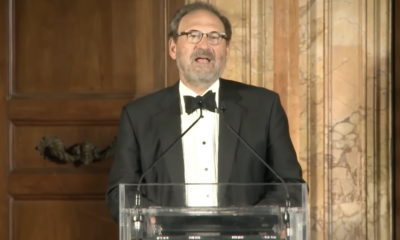Social Media Is The Missing Link To Achieving Marriage Equality
The passage of Proposition 8 in California’s 2008 election achieved many results. First, it effectively banned same-sex marriage. Second, it united and mobilized millions of gay Americans who had become complacent and assumed that gay marriage would come to pass quickly and effortlessly. Third, it forced us to re-examine the dynamics and demographics of our proponents and opponents.
As I wrote in Intellistocracy the day after the election,
“Looking at exit poll data, a composite of the person who voted “yes†to ban same-sex marriage in California is someone who is married (60%), and has children (68%), attends church weekly (84%), does not work full-time (57%), is an Independent or Republican (66%), and voted for Bush in 2004 (80%). This person also is likely to live in the suburbs (59%), and is very worried about another terrorist attack (65%).”
Supporting these findings was a study “released under the auspices of the National Gay and Lesbian Task Force Policy Institute” in January 2009:
“The study found that four factors — party identification, ideology, frequency of religious service attendance and age — drove the “yes†vote for Proposition 8. For example, more than 70 percent of voters who were Republican, identified themselves as conservative, or who attended religious services at least weekly supported Proposition 8. Conversely, 70 percent or more of voters who were Democrat, identified themselves as liberal, or who rarely attended religious services opposed the measure. More than two-thirds (67 percent) of voters 65 or older supported Proposition 8, while majorities under 65 opposed it.”
It has been widely discussed that one of the major factors that enabled Prop 8 to pass was that the No On 8 campaign did not enlist sufficient community support and did not engage those who were on the fence. We didn’t go into churches. We didn’t engage enough moderates. We didn’t battle falsehoods propagated by the Right. We didn’t educate sufficiently ourselves or others. We didn’t show typical gay families. We didn’t get the under 65 crowd to evangelize enough. Some say we didn’t fight hard enough or use all our resources. We just didn’t engage. Back to the NGLTF study:
“The study found that overall support for marriage equality has increased by 9 percent since 2000, with support increasing among every age group under age 65, across all racial and ethnic groups and among Protestants, Catholics and Jews. There are three “holdout†groups where voting patterns have not changed: Republicans, conservatives, and those 65 and older. The largest gain — up 16 percent — was among voters 45-64 years of age, followed by a 13 percent increase among voters 18-29.”
In all likelihood, we are never going to have a solid impact on these three groups. As time moves forward there will be less of a battle for what is now the 65 and older demographic. As America becomes more polarized and the Conservative movement grows, we are not going to be able to change hearts or minds there. Our best bet is to focus on where we can have the greatest impact: under 65 voters who are on the fence. Here we come the the heart of the matter.Â
From The Taskforce:
“These figures point the way to winning marriage equality for same-sex couples sooner rather than later,†said Jaime Grant, Ph.D., director of the National Gay and Lesbian Task Force Policy Institute. “Convincing the Republican Party that continued gay bashing will cripple its future is one; another is accelerating the already strong surge in support among young voters.â€
A Forrester Research study shows that the largest group of interactive media users are in the 18 to 26 age range. Exit poll data shows that 36% of the 18 to 24 age group voted for Prop 8. 41% of the 25 to 29 age group votes for Prop 8. This is a significant group that responds well to community building on such social networking sites like Facebook, MySpace, and Twitter.Â
To move public opinion forward in the 27 to 50 age groups, Forrester shows blogs are a better format and reach more of that group. 55% of the 30 to 44 age group and 54% of the 45 to 64 age group voted for Prop 8. A concerted blog campaign and partnership with existing bloggers could have a positive effect on these groups.Â
Social media was responsible for the many candlelight vigils and protests that sprung up across the nation seemingly overnight, without much effort or organization. And, just weeks after the passage, a SurveyUSA news poll found that 8% of Californians responded “yes†when asked, “Have the protesters changed your opinion on Prop 8?”.
Regardless of the results of last week’s Prop 8 challenge in the California Supreme Court, there are forty seven other states in which we need to have a stronger impact and presence.
In short, it’s time to take decisive action to do what we did not in the campaign leading up to the Prop 8 vote: change hearts and minds. And our most effective tool to reach those very segments of the population we need to most is to utilize the same tool they are using: social media.

Enjoy this piece?
… then let us make a small request. The New Civil Rights Movement depends on readers like you to meet our ongoing expenses and continue producing quality progressive journalism. Three Silicon Valley giants consume 70 percent of all online advertising dollars, so we need your help to continue doing what we do.
NCRM is independent. You won’t find mainstream media bias here. From unflinching coverage of religious extremism, to spotlighting efforts to roll back our rights, NCRM continues to speak truth to power. America needs independent voices like NCRM to be sure no one is forgotten.
Every reader contribution, whatever the amount, makes a tremendous difference. Help ensure NCRM remains independent long into the future. Support progressive journalism with a one-time contribution to NCRM, or click here to become a subscriber. Thank you. Click here to donate by check.
 |























